Popular Tips
YOU MIGHT BE INTERESTED IN
Maintaining The Cooling System Of Your Car
by IndianAuto Team | 28/05/2019
To keep your commute through the cities, you need a car with perfect condition and there’s one thing have to be noticed every time before you start your journey. Apart from the periodic maintenance, your car’s cooling system is the next mandatory checkpoint that needs attention every time before you start your journey.









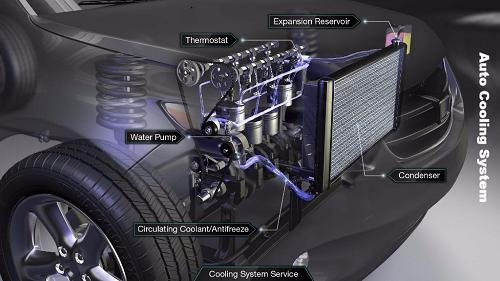
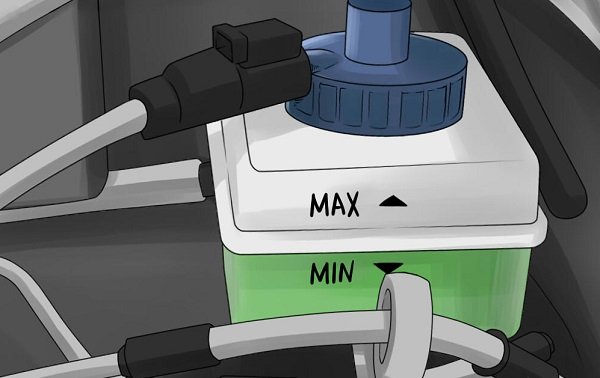
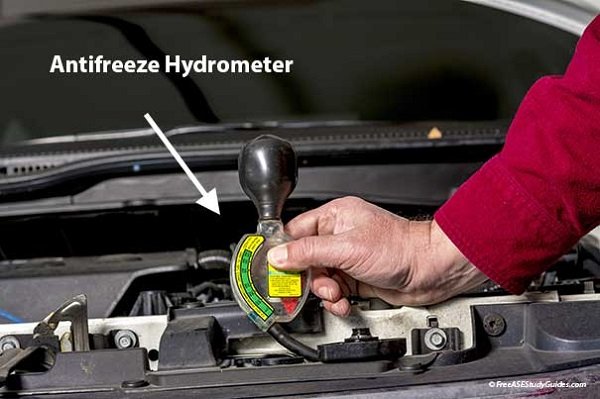

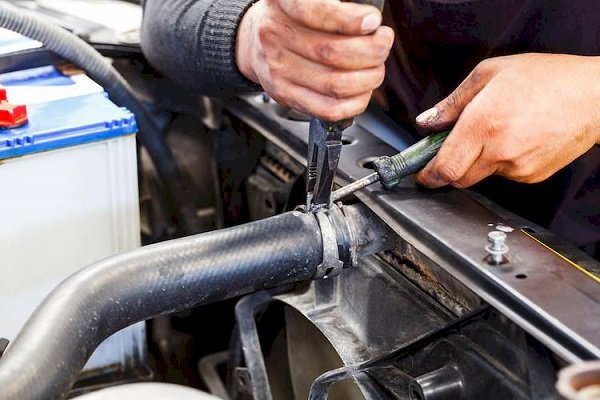
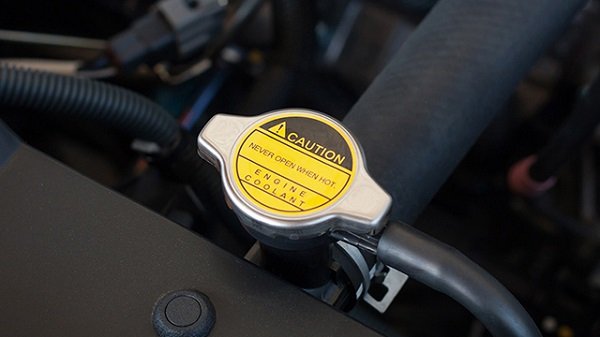
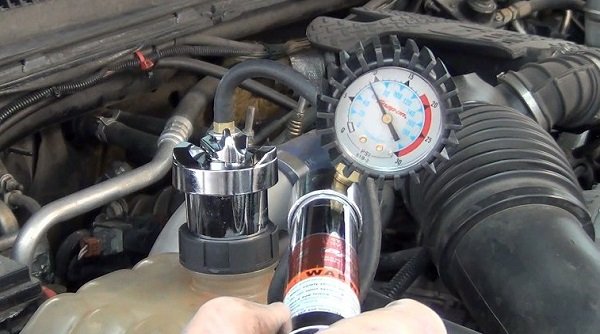
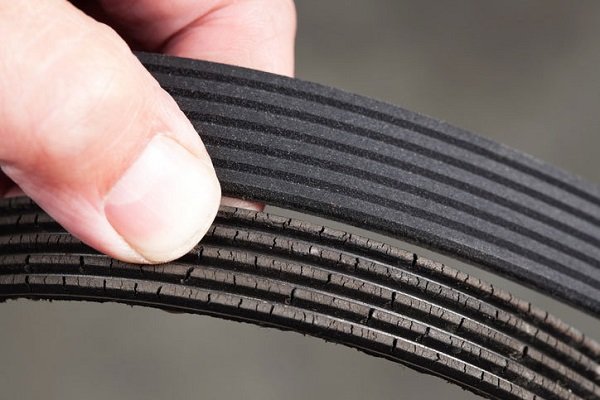
 Follow us on google news
Follow us on google news
